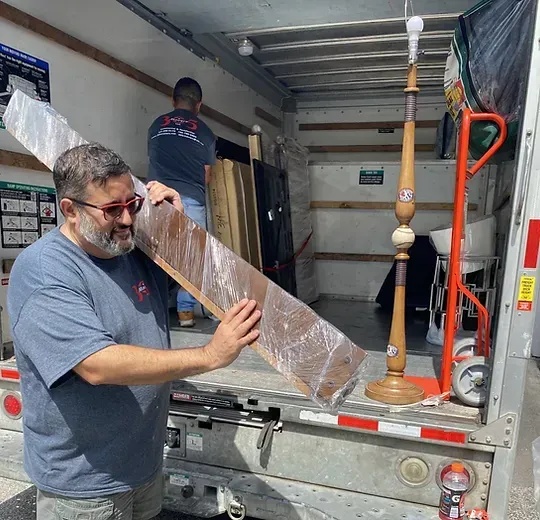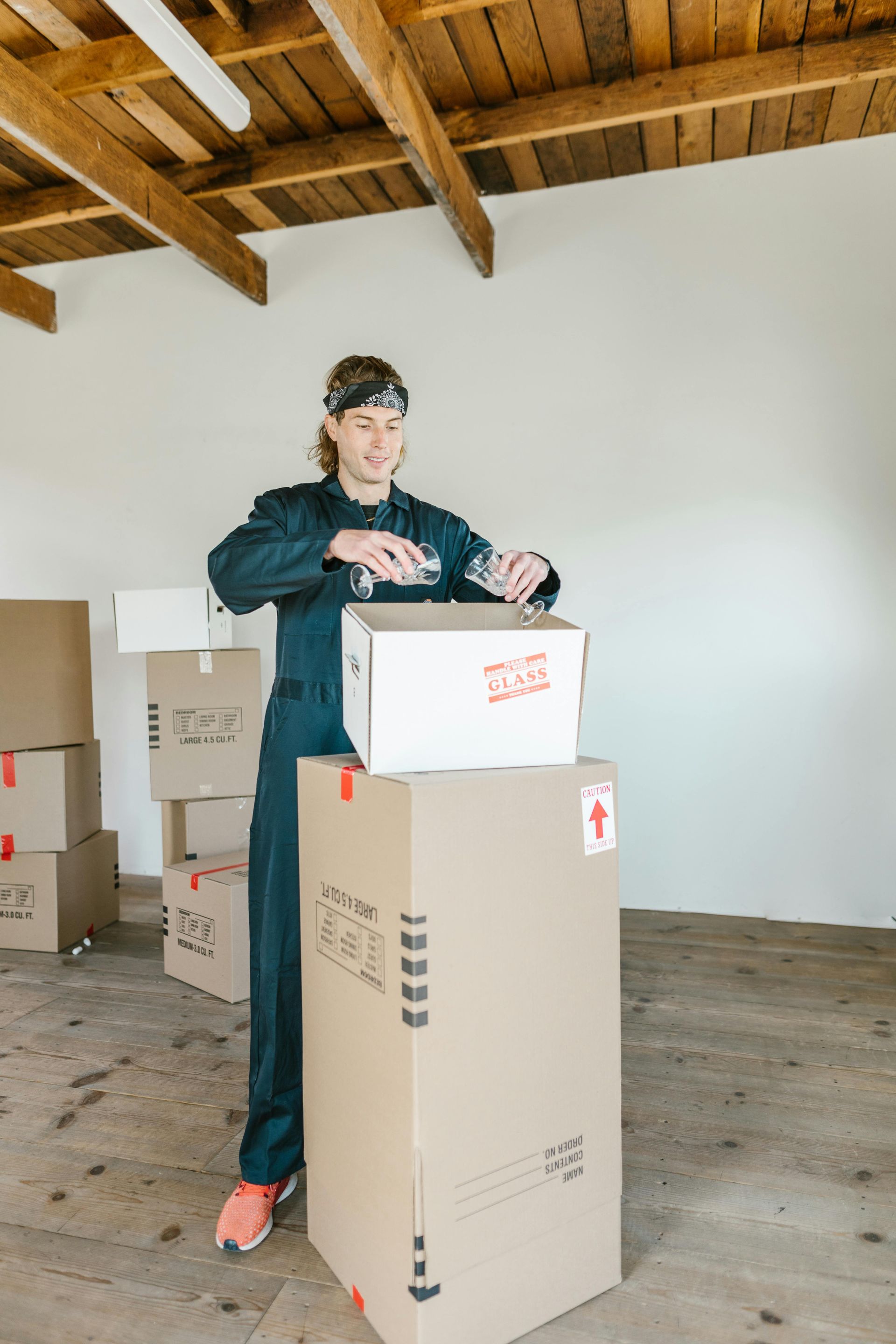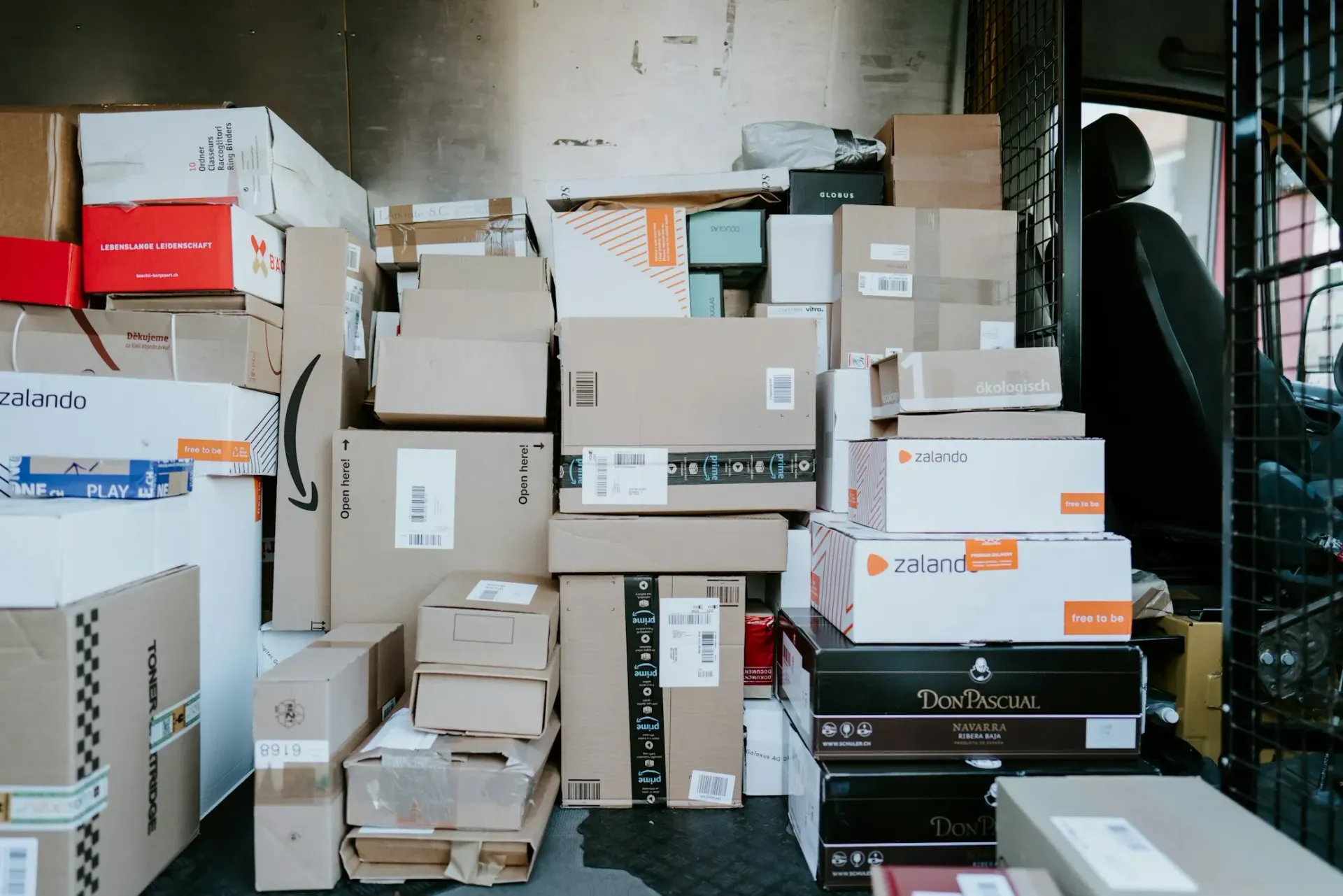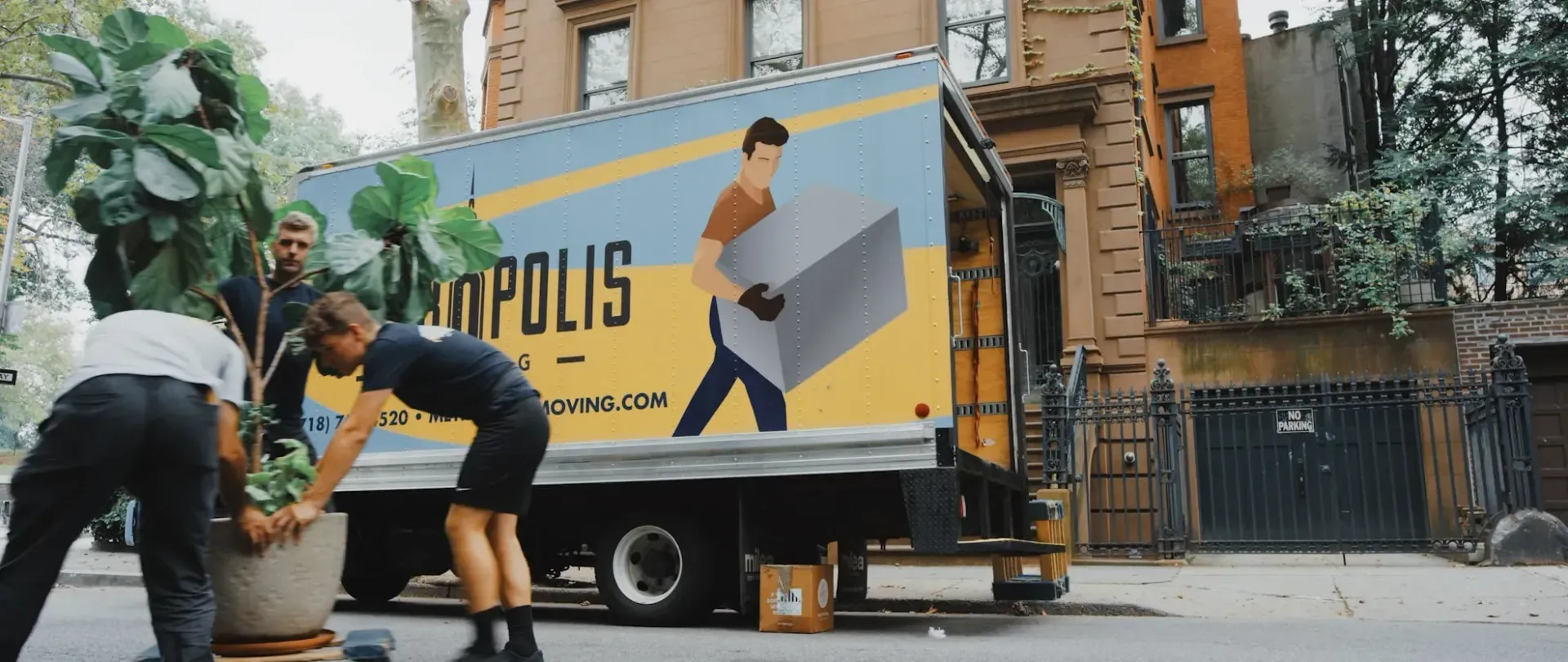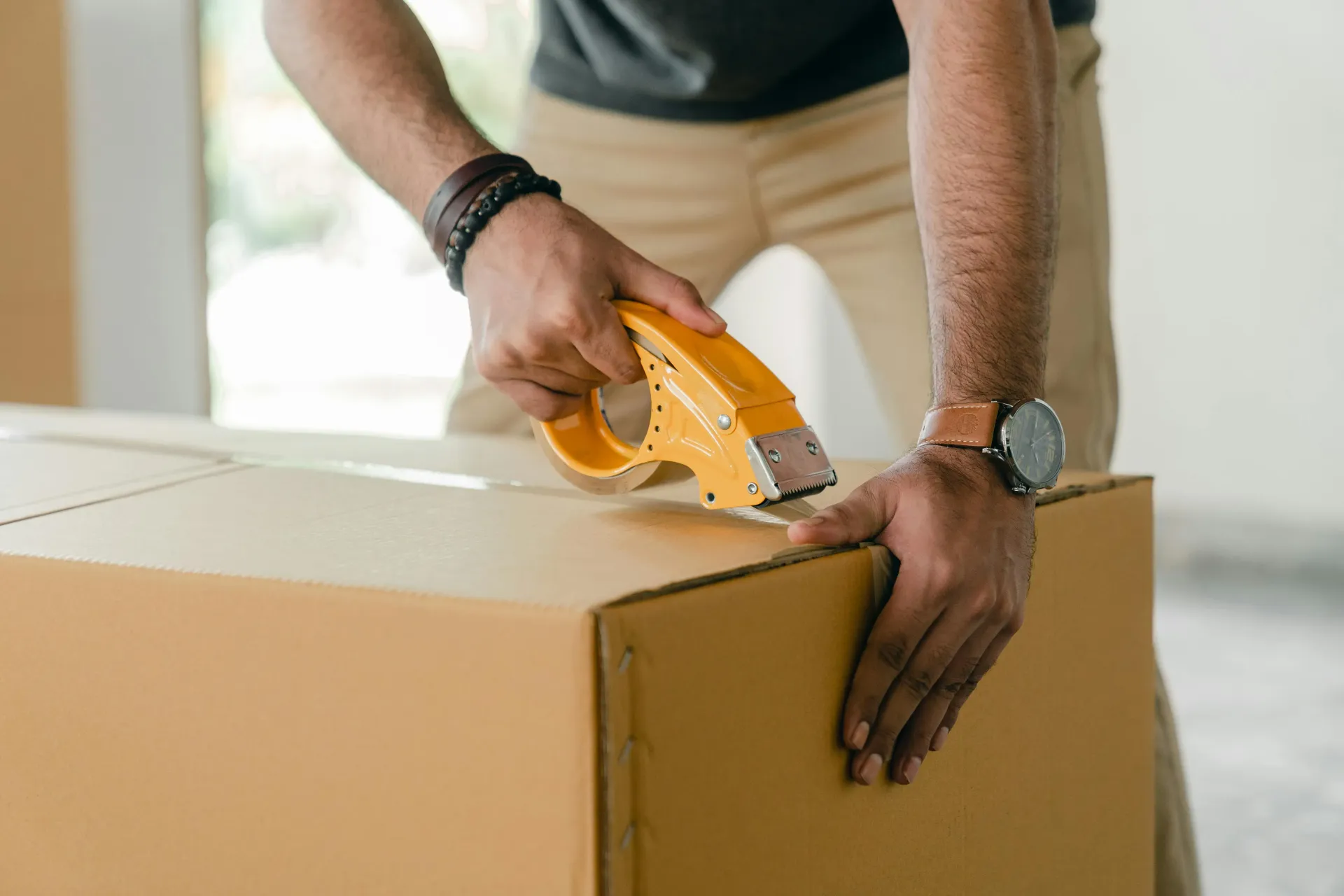Mastering Student Moves: Packing and Unpacking Tips for Efficiency
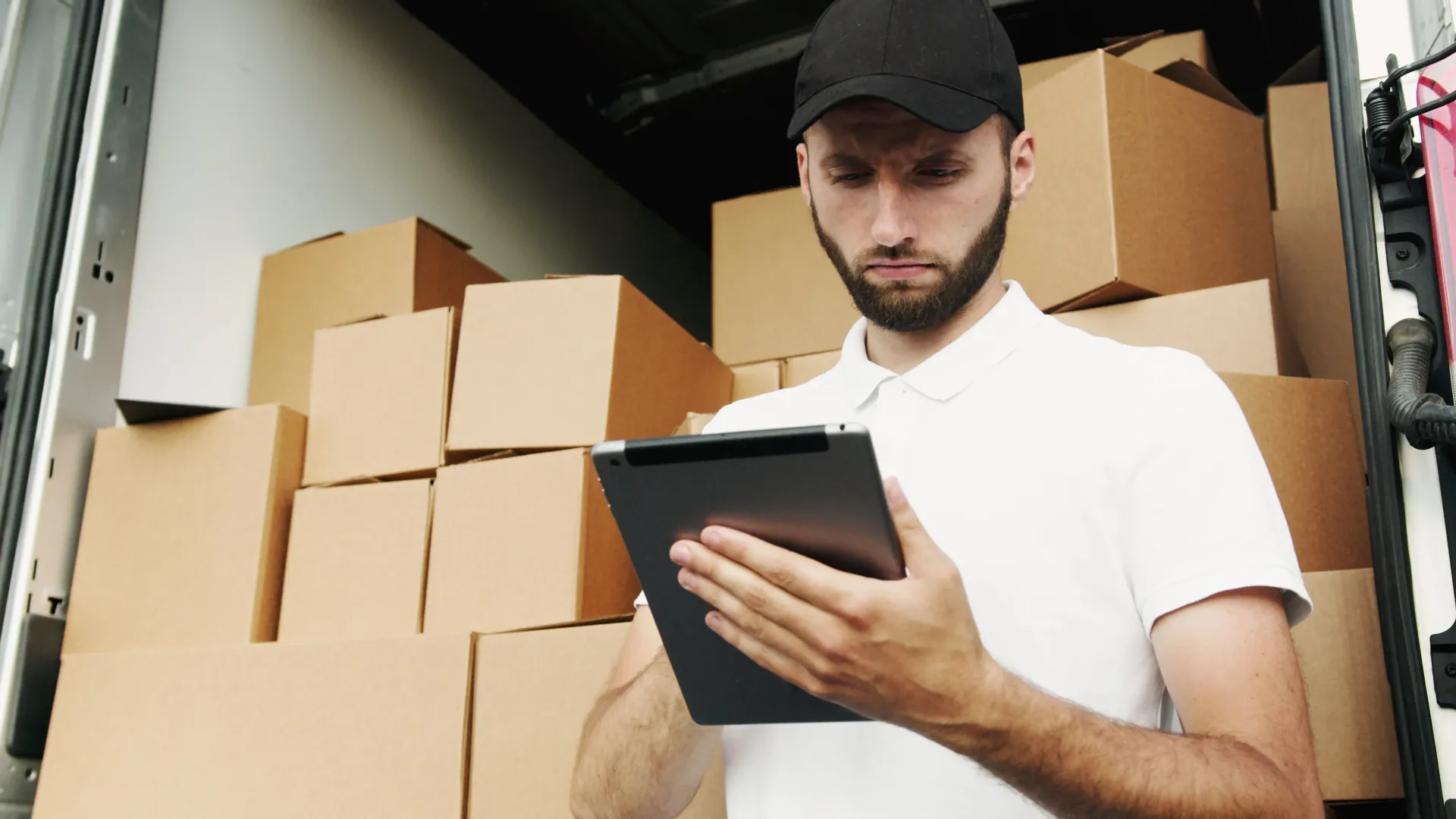
Moving can be a daunting task, especially for students juggling academic responsibilities and life changes. The process of packing and unpacking often adds stress to an already busy schedule. However, mastering efficient packing and unpacking techniques can significantly alleviate the challenges associated with student moves.
In this comprehensive guide, we'll delve into the art of packing and unpacking for students, providing actionable tips based on thorough research and expertise. By following these strategies, students can streamline their moves and transition smoothly to their new environments.
Understanding Student Moves
Recent studies indicate that students frequently relocate due to various reasons, including academic pursuits, job opportunities, and personal preferences. According to data from reputable sources such as the U.S. Census Bureau and university housing surveys, a significant percentage of students move at least once during their college years.
Common reasons for student moves include:
- Pursuing higher education in different cities or countries
- Internship or job placements in diverse locations
- Seeking affordable housing options
- Changes in personal relationships or family circumstances
Understanding the frequency and motives behind student moves underscores the importance of mastering efficient packing and unpacking techniques to facilitate smoother transitions.
Essential Packing Supplies
Efficient packing begins with having the right tools and materials on hand. Here's a list of essential packing supplies to ensure a smooth moving process:
- Boxes: Choose sturdy, corrugated cardboard boxes in various sizes to accommodate different items.
- Packing Tape: Invest in high-quality packing tape to secure boxes and prevent them from opening during transit.
- Bubble Wrap or Packing Paper: Protect fragile items by wrapping them in bubble wrap or packing paper to prevent breakage.
- Markers: Use permanent markers to label boxes with contents and destination rooms for easy unpacking.
- Box Cutter or Scissors: Keep a box cutter or scissors handy for opening boxes and cutting packing materials.
For an eco-friendly approach, consider using recycled boxes, biodegradable packing peanuts, and reusable containers. By minimizing waste and opting for sustainable packing materials, students can contribute to environmental conservation while moving efficiently.
Decluttering and Organizing
Before diving into packing, it's crucial for students to declutter and organize their belongings. Here are some strategies to streamline the process:
- Sort Belongings: Divide items into categories such as keep, donate, and discard. Be ruthless in letting go of items that are no longer useful or meaningful.
- Marie Kondo Method: Embrace the principles of the Marie Kondo method, which encourages individuals to keep only items that spark joy. By assessing each item's significance and emotional connection, students can make more informed decisions about what to keep and what to discard.
- Donate or Sell: Consider donating gently used clothing, books, and household items to local charities or selling them online to lighten the load.
- Minimalism Approach: Embrace a minimalist mindset by prioritizing essentials and letting go of excess possessions. This not only simplifies packing but also promotes a clutter-free lifestyle.
- Storage Solutions: Invest in storage bins or organizers to keep belongings tidy and maximize space in closets and drawers.
By incorporating popular decluttering and organizing methods like the Marie Kondo approach, students can efficiently streamline their belongings and prepare for a smoother move.
Packing Techniques for Efficiency
Now that belongings are sorted and organized, it's time to pack them efficiently for the move. Here are some techniques to maximize space and protect items during transit:
- Space-Saving Methods: Utilize space-saving packing techniques such as rolling clothes instead of folding them. This not only saves space in boxes but also helps prevent wrinkles.
- Vacuum Bags: Invest in vacuum bags for bulky items like bedding and clothing. These bags compress items, reducing the amount of space they occupy in boxes or luggage.
- Layering Fragile Items: When packing fragile items like dishes and glassware, layer them with padding materials such as bubble wrap or packing paper. Place heavier items at the bottom of boxes and lighter items on top to prevent crushing.
- Labeling and Inventory: Label boxes clearly with contents and destination rooms to facilitate easy unpacking. Create an inventory list of items packed in each box for reference during the unpacking process.
By implementing these packing techniques, students can optimize space, protect their belongings, and streamline the overall moving process.
Protecting Fragile Items
Ensuring the safety of fragile items during the move is essential to prevent damage. Here are some guidelines for packing delicate items securely:
- Wrap Carefully: Wrap fragile items individually with bubble wrap or packing paper to provide cushioning and protection against impacts.
- Use Padding Materials: Fill empty spaces in boxes with packing peanuts, crumpled paper, or towels to prevent items from shifting during transit.
- Proper Packing Techniques: Place heavier items at the bottom of boxes and lighter, more fragile items on top to minimize pressure and reduce the risk of breakage.
- Choose Appropriate Boxes: Select sturdy, corrugated cardboard boxes of appropriate sizes for fragile items. Reinforce boxes with additional packing tape for added security.
By taking these precautions, students can safeguard their fragile possessions and ensure they arrive at their new destination intact.
Efficient Loading and Unloading
Loading and unloading belongings efficiently can make the moving process smoother and safer. Here are some tips to consider:
- Strategic Loading: Place heavier items at the bottom of vehicles or moving containers to maintain stability and prevent shifting during transit. Distribute weight evenly to ensure balanced loading.
- Use Moving Equipment: Utilize hand trucks, dollies, or furniture sliders to transport heavy items safely and reduce the risk of injury during loading and unloading.
- Secure Fragile Items: Take extra care when loading fragile items, ensuring they are properly wrapped and secured within boxes to minimize the risk of damage.
- Teamwork and Communication: If possible, enlist the help of friends or family members to assist with loading and unloading. Communicate effectively to coordinate tasks and ensure everyone's safety.
By following these guidelines, students can streamline the loading and unloading process, minimize the risk of damage to belongings, and ensure a smoother transition to their new residence.
Unpacking Strategies
Once the move is complete, efficient unpacking strategies can help students settle into their new space quickly and comfortably. Here's how to approach the unpacking process:
- Step-by-Step Approach: Begin by unpacking essentials such as bedding, toiletries, and kitchen items to create a sense of comfort and functionality in the new space.
- Prioritize Rooms: Focus on unpacking one room at a time, starting with commonly used areas like the bedroom, kitchen, and bathroom. This allows students to establish functional living spaces gradually.
- Unpack Strategically: Unpack boxes systematically, starting from the most important items and gradually moving to less essential belongings. This prevents overwhelming clutter and helps maintain organization throughout the process.
- Organize Belongings: As items are unpacked, organize them thoughtfully within cabinets, drawers, and closets to maximize space and accessibility. Consider implementing storage solutions such as bins, baskets, and drawer dividers to keep items tidy and easily accessible.
By following these unpacking strategies, students can efficiently settle into their new surroundings and create a comfortable living environment that reflects their personal style and preferences.
Coping with Moving Stress
Moving, especially for students, can be emotionally challenging. Here are some techniques to manage stress and stay focused during the transition:
- Acknowledge Emotions: Recognize that feeling stressed or overwhelmed during a move is normal. Allow yourself to acknowledge and process your emotions without judgment.
- Seek Support: Reach out to friends, family members, or campus resources for emotional support and practical assistance during the moving process. Having a support network can provide comfort and encouragement during times of stress.
- Practice Self-Care: Prioritize self-care activities such as exercise, meditation, and relaxation techniques to alleviate stress and promote overall well-being. Take breaks as needed and listen to your body's cues for rest and rejuvenation.
- Stay Organized: Maintain a checklist or moving timeline to stay organized and keep track of tasks. Breaking down the moving process into smaller, manageable steps can help reduce feelings of overwhelm and anxiety.
By incorporating these coping strategies, students can navigate the challenges of moving with resilience and grace, ultimately transitioning to their new environment with confidence and ease.
Conclusion
In conclusion, mastering the art of packing and unpacking is essential for students facing the challenges of frequent moves. By implementing the strategies outlined in this guide, students can streamline their moving process and transition smoothly to their new environments.
Remember to declutter and organize belongings before packing, utilize efficient packing techniques, protect fragile items, and employ strategic loading and unloading practices. Additionally, coping with moving stress requires acknowledging emotions, seeking support, practicing self-care, and staying organized.
For a hassle-free moving experience in Miami, we recommend 305 Movers. As a trusted moving company, 305 Movers offers a comprehensive range of services including local and long-distance moving, packing services, commercial moving, and senior moving services. Their dedicated team of professional movers ensures a seamless and stress-free relocation process. Contact 305 Movers today for a free quote and make your move with confidence!


